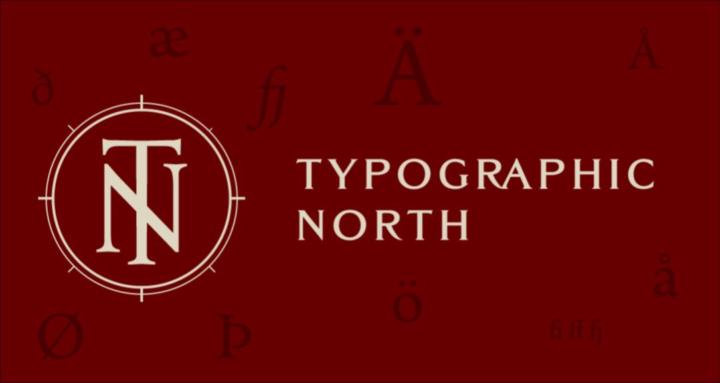
Write something
Reminder: Typographic get-together TODAY
The first call we had was inspiring, so why not have another one? There's no agenda, just an online hang-out to get to know people in the community and have a chat about our journey. Welcome! See the event in the calendar: https://www.skool.com/typographicnorth/calendar?eid=64615854d47141b6bca7e73a24e400d1
1
0
What's the one thing that people don't understand about typography?
Experts here. What is the most common mistake that you see people make in typography? What's the one thing you wish more people understood?
A new Affinity
The largest competitor to the Adobe Creative Suite has been Affinity. They've had their three apps in direct competition to Adobe InDesign, Adobe Photoshop and Adobe Illustrator: Affinity Publisher, Affinity Photo and Affinity Designer. In contrast to Adobe's rather pricy subscriptions, Affinity offered affordable one-time purchases. Now, they're releasing something completely new: ONE app for all these areas of work, simply called Affinity. They've also been adopted by Canva, and claim to offer their new app completely for free! With AI as an add-on. I'm excited to see how this will impact designers of all sorts and levels. It's good for Adobe to actually have some real competition, because once we enter a universe such as Adobe's, it can be hard to break out of it. On the other hand, I see a lot of scepticism in the comment regarding what the catch is. It will be interesting to follow the developments. Will you be exploring the new Affinity? Watch the unlisted demo on YouTube here And check out their new site here: https://www.affinity.studio
Our first Typographic get-together is in the books!
Thank you, @Iliana Nalbantska and @Erick Aroldo for an interesting and fun conversation in our first-ever Typographic get-together! It was good to hear about our different backgrounds, interests, projects and experiences. This sort of open conversation is something I have been hoping to have for a while here, and I'm so glad we finally made it happen. We'll do it again soon! Perhaps with an informal agenda and plenty of room for detours. Have a great weekend, everyone.
What are your biggest typography challenges?
What hurdles do you face when you are dealing with typography? If you overcame them, how did you do so?
1-30 of 33

skool.com/typographicnorth
Learn how to design and publish readable and beautiful books and publications –without hiring a costly design agency.
Powered by




